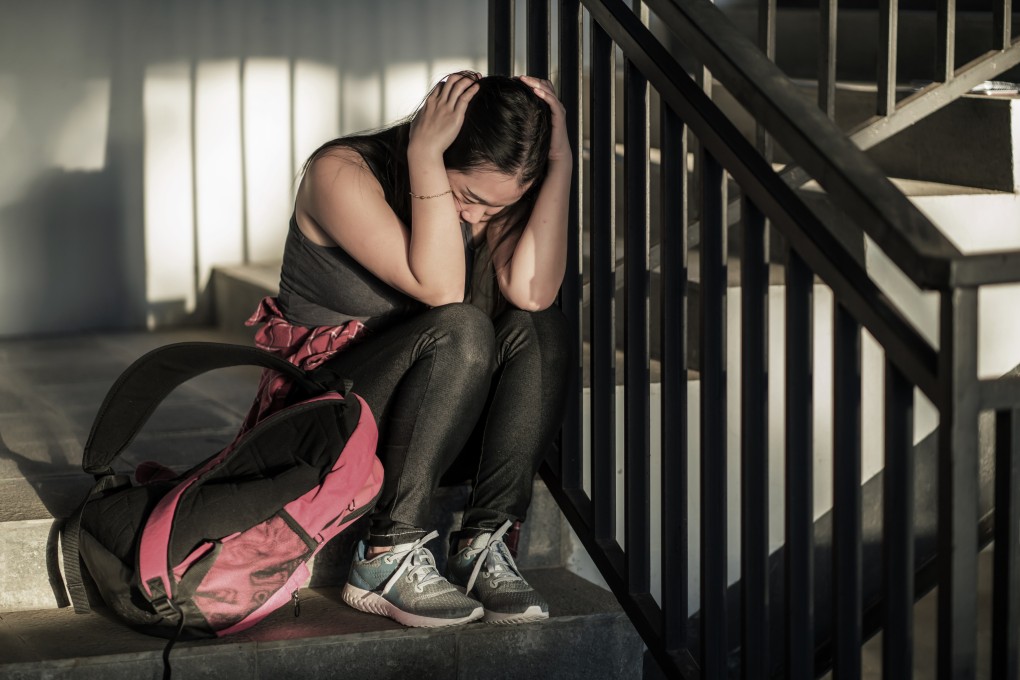Letters | Hong Kong schools can play a vital role in preventing student suicides
- Not only should all school buildings be made physically safe to prevent bodily harm, so too should the prevention ethos extend through to all aspects of school life – people, values, practices, teaching methodologies, curriculum and policies

How can this possibly happen?
If any other cause was thought to be accounting for so many avoidable deaths in children, we would surely be outraged and calling for action. Yet mitigation measures are to hand. Research indicates strongly that suicide is preventable.
School staff spend more time in a day with their students than their parents do, and witness their behaviours and emotions, and how they may change over time. They can set up monitoring and observation systems to identify those at risk and create a holistic approach to student health. Schools are vital in combating the stigma around suicide and mental health that often prevents conversations from taking place.
Prevention includes practical, emotional, psychological and physical measures. Not only should all school buildings be made physically safe to prevent bodily harm, so too should the prevention ethos extend through to all aspects of school life – people, values, practices, teaching methodologies, curriculum and policies.